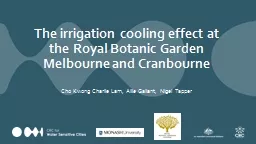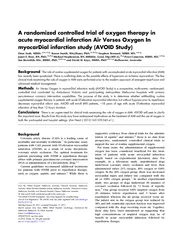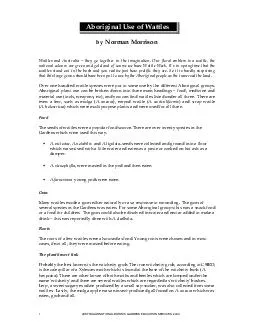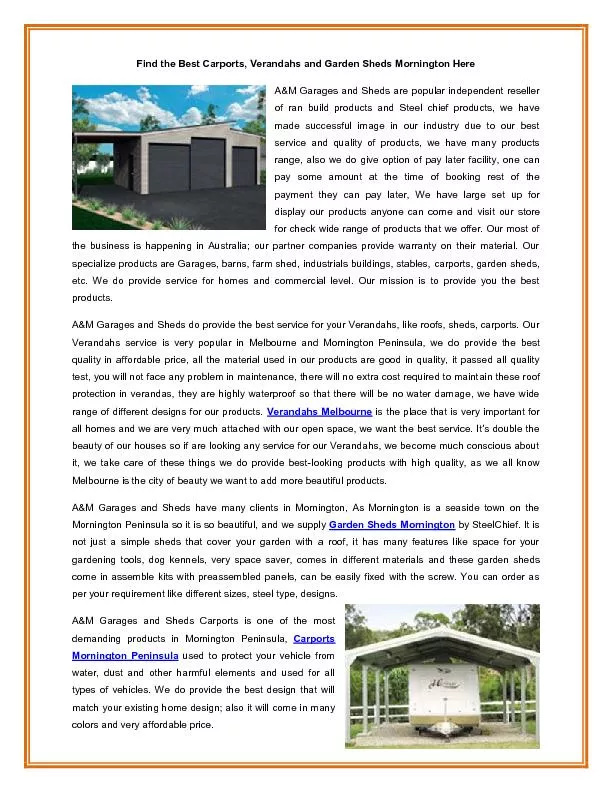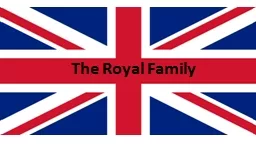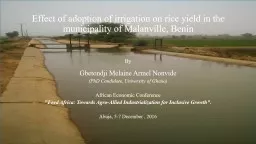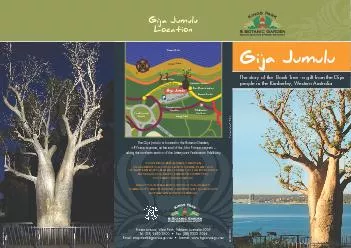PPT-The irrigation cooling effect at the Royal Botanic Garden Melbourne and Cranbourne
Author : SmoochieBoochie | Published Date : 2022-08-04
Cho Kwong Charlie Lam Ailie Gallant Nigel Tapper Nocturnal irrigation alleviates urban heat island Potential 12C cooling modified after City of Melbourne 2012
Presentation Embed Code
Download Presentation
Download Presentation The PPT/PDF document "The irrigation cooling effect at the Roy..." is the property of its rightful owner. Permission is granted to download and print the materials on this website for personal, non-commercial use only, and to display it on your personal computer provided you do not modify the materials and that you retain all copyright notices contained in the materials. By downloading content from our website, you accept the terms of this agreement.
The irrigation cooling effect at the Royal Botanic Garden Melbourne and Cranbourne: Transcript
Download Rules Of Document
"The irrigation cooling effect at the Royal Botanic Garden Melbourne and Cranbourne"The content belongs to its owner. You may download and print it for personal use, without modification, and keep all copyright notices. By downloading, you agree to these terms.
Related Documents

